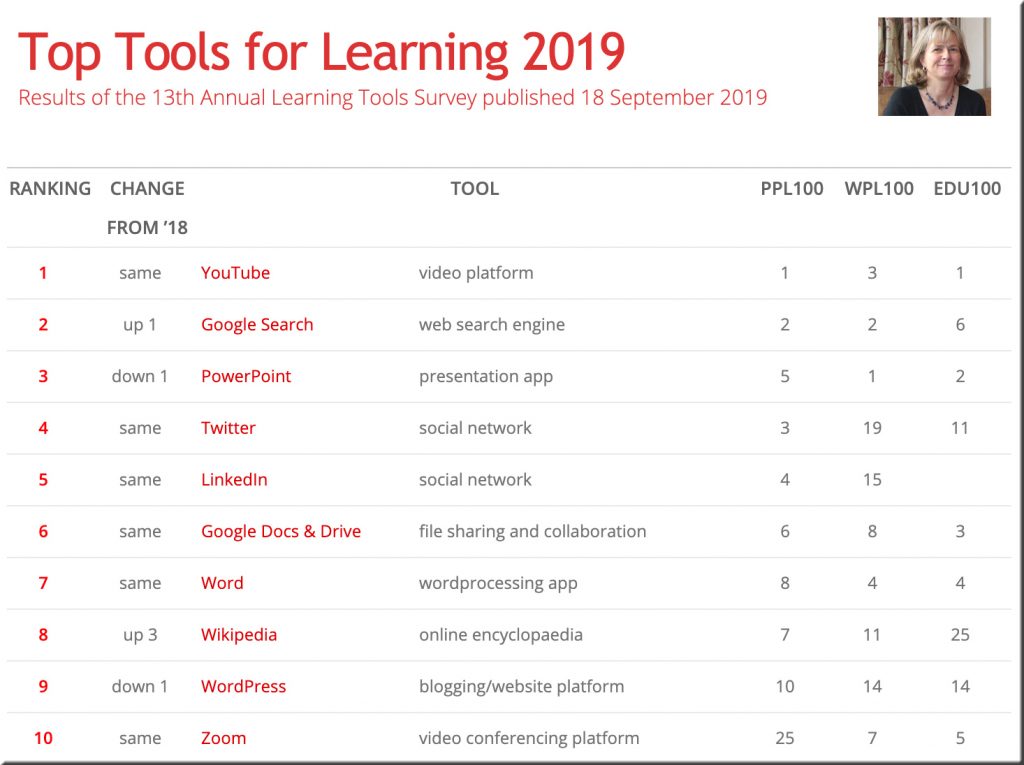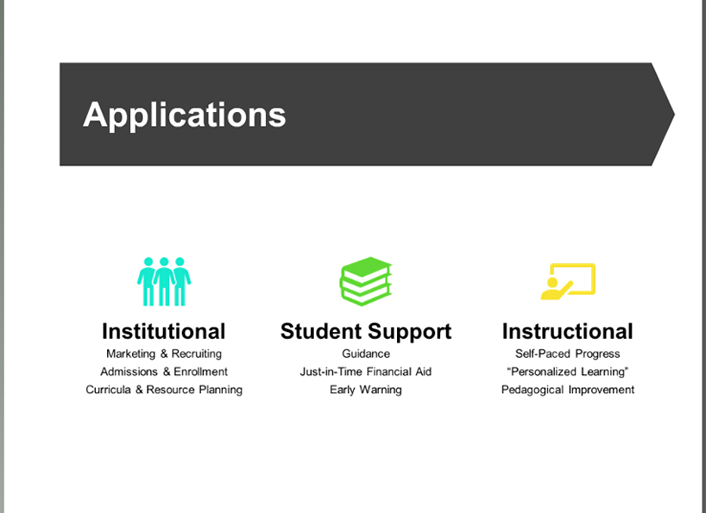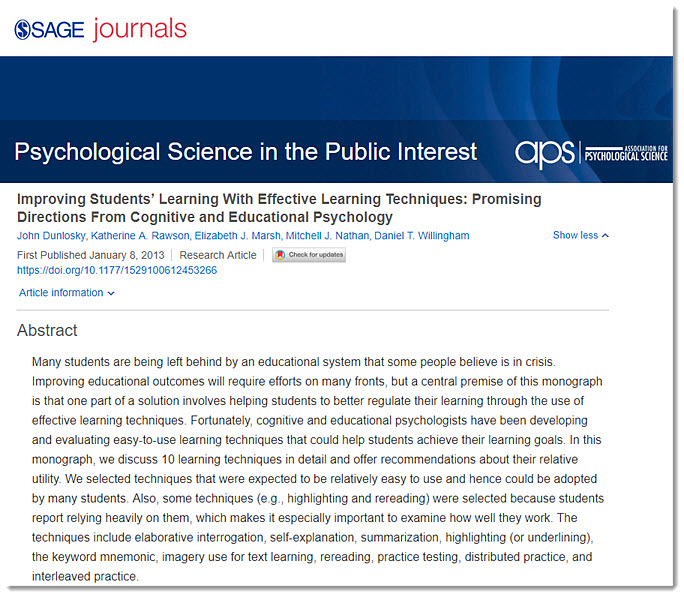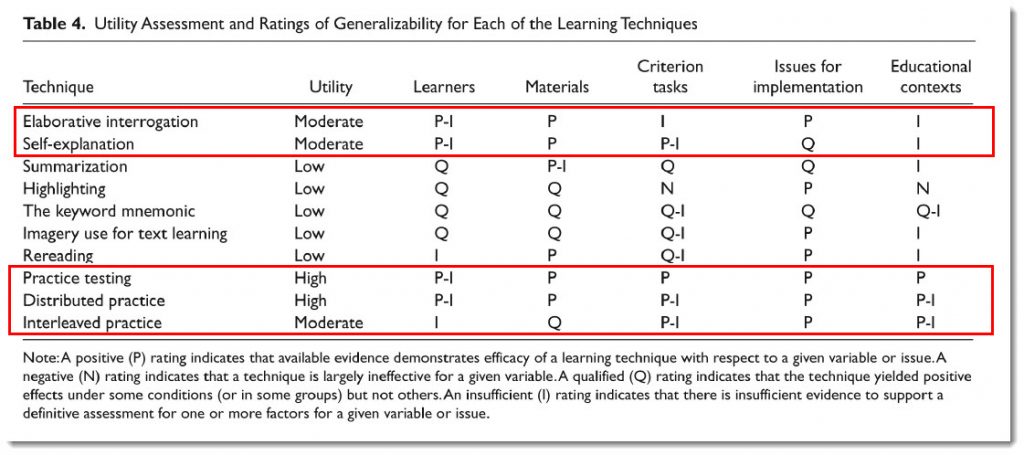A momentous change in the legal industry garnering little attention — from forbes.com by Hendrik Pretorius
Excerpt:
The needed evolution in legal service delivery may receive a big push in the near future. Surprisingly, this issue seems to be flying under the radar for many in the legal industry.
The California Bar, through its Task Force on Access Through Innovation of Legal Services, created in 2018, seeks to “identify possible regulatory changes to enhance the delivery of, and access to, legal services through the use of technology, including artificial intelligence and online legal service delivery models.”
A report commissioned by this task force stated that “[m]odifying the ethics rules to facilitate greater collaboration across law and other disciplines will (1) drive down costs; (2) improve access; (3) increase predictability and transparency of legal services; (4) aid the growth of new businesses; and (5) elevate the reputation of the legal profession.”
Herein lies one of the fundamental challenges within the legal industry: viewing the law as the delivery of a legal product, and understanding that this delivery needs to revolve around the user, not the lawyer. There is a real and growing divide between the current model of legal service delivery put forth by a traditional law firm model and what the public wants. Consumers have raised the bar based on what they are experiencing in interacting with other businesses in other industries.
…
I love what many of these legal tech companies are doing: They are applying standards from outside the entrenched legal industry and changing entire delivery models. This should be a real wake-up call. But how can law firms truly compete and play a role?
Someone is always listening — from Future Today Institute
Excerpt:
Very Near-Futures Scenarios (2020 – 2022):
- Optimistic: Big tech and consumer device industries agree to a single set of standards to inform people when they are being listened to. Devices now emit an audible ping and/ or a visible light anytime they are actively recording sound. While they need to store data in order to improve natural language understanding and other important AI systems, consumers now have access to a portal and can see, listen to, and erase their data at any time. In addition, consumers can choose to opt-out of storing their data to help improve AI systems.
- Pragmatic: Big tech and consumer device industries preserve the status quo, which leads to more cases of machine eavesdropping and erodes public trust. Federal agencies open investigations into eavesdropping practices, which leads to a drop in share prices and a concern that more advanced biometric technologies could face debilitating regulation.
-
Catastrophic: Big tech and consumer device industries collect and store our conversations surreptitiously while developing new ways to monetize that data. They anonymize and sell it to developers wanting to create their own voice apps or to research institutions wanting to do studies using real-world conversation. Some platforms develop lucrative fee structures allowing others access to our voice data: business intelligence firms, market research agencies, polling agencies, political parties and individual law enforcement organizations. Consumers have little to no ability to see and understand how their voice data are being used and by whom. Opting out of collection systems is intentionally opaque. Trust erodes. Civil unrest grows.
Action Meter:

Watchlist:
- Google; Apple; Amazon; Microsoft; Salesforce; BioCatch; CrossMatch; ThreatMetrix; Electronic Frontier Foundation; World Privacy Forum; American Civil Liberties Union; IBM; Baidu; Tencent; Alibaba; Facebook; Electronic Frontier Foundation; European Union; government agencies worldwide.
Microsoft President: Democracy Is At Stake. Regulate Big Tech — from npr.org by Aarti Shahani
Excerpts:
Regulate us. That’s the unexpected message from one of the country’s leading tech executives. Microsoft President Brad Smith argues that governments need to put some “guardrails” around engineers and the tech titans they serve.
If public leaders don’t, he says, the Internet giants will cannibalize the very fabric of this country.
“We need to work together; we need to work with governments to protect, frankly, something that is far more important than technology: democracy. It was here before us. It needs to be here and healthy after us,” Smith says.
“Almost no technology has gone so entirely unregulated, for so long, as digital technology,” Smith says.
The Global Landscape of Online Program Companies — from by Doug Lederman
New trove of data suggests a bigger, more complex, more varied ecosystem of companies that work with colleges to take their academic programs online.
Excerpt:
A new dataset promises to give college leaders, company officials and others involved in the online learning landscape much more information about who offers what programs, how they manage them and where the money is flowing, among other factors.
And the company behind the new data, Holon IQ, published a report today that gives a new name to the large and diversifying category of providers that are working with colleges to take their programs online: OPX, instead of OPM, for online program management companies. (More on that later.)
Also see:
Also see:
- Multi-Faculty Collaboration to Design Online General Studies Courses — from facultyfocus.com by B. Jean Mandernach
Excerpt:
While this type of autonomy in course design makes sense for the face-to-face classroom, it may be less practical–and less effective–in the context of online education. Simply put, development of a high-quality online course takes considerable time and advanced knowledge of online pedagogy. If multiple faculty members are teaching the same course online (as is often the case with general studies or other high-demand courses), it is not an efficient use of departmental time, resources, or budget to have multiple faculty developing their own online classroom for different sections of the same course.
Artificial Intelligence in Higher Education: Applications, Promise and Perils, and Ethical Questions — from er.educause.edu by Elana Zeide
What are the benefits and challenges of using artificial intelligence to promote student success, improve retention, streamline enrollment, and better manage resources in higher education?
Excerpt:
The promise of AI applications lies partly in their efficiency and partly in their efficacy. AI systems can capture a much wider array of data, at more granularity, than can humans. And these systems can do so in real time. They can also analyze many, many students—whether those students are in a classroom or in a student body or in a pool of applicants. In addition, AI systems offer excellent observations and inferences very quickly and at minimal cost. These efficiencies will lead, we hope, to increased efficacy—to more effective teaching, learning, institutional decisions, and guidance. So this is one promise of AI: that it will show us things we can’t assess or even envision given the limitations of human cognition and the difficulty of dealing with many different variables and a wide array of students.
…
A second peril in the use of artificial intelligence in higher education consists of the various legal considerations, mostly involving different bodies of privacy and data-protection law. Federal student-privacy legislation is focused on ensuring that institutions (1) get consent to disclose personally identifiable information and (2) give students the ability to access their information and challenge what they think is incorrect.7 The first is not much of an issue if institutions are not sharing the information with outside parties or if they are sharing through the Family Educational Rights and Privacy Act (FERPA), which means an institution does not have to get explicit consent from students. The second requirement—providing students with access to the information that is being used about them—is going to be an increasingly interesting issue.8 I believe that as the decisions being made by artificial intelligence become much more significant and as students become more aware of what is happening, colleges and universities will be pressured to show students this information. People are starting to want to know how algorithmic and AI decisions are impacting their lives.
My short advice about legal considerations? Talk to your lawyers. The circumstances vary considerably from institution to institution.
What enterprises intend to do with artificial intelligence — from zdnet.com by Joe McKendrick
Survey shows business process automation and customer support are the low-hanging fruit with initial AI rollouts, but many organizations are moving on to tackle data analytics.
Excerpt:
The leading categories of use cases seeing AI investments and work include the following:
- Business process automation 49%
- Customer support/Chatbots 47%
- Data extraction 43%
- Contract analytics 28%
- Voice/video processing/imaging 25%


















